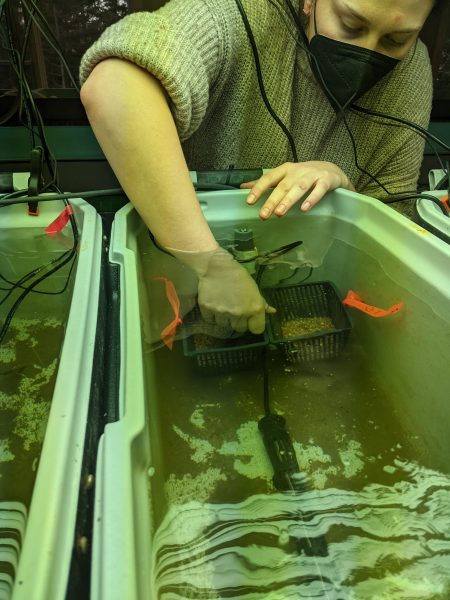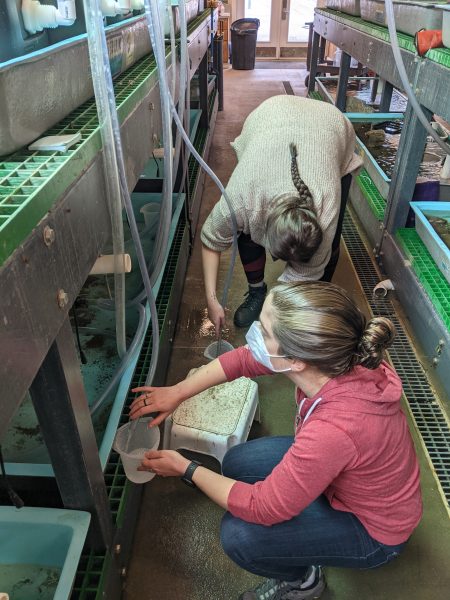Our latest project is funded by the National Science Foundation (NSF), Marine Geology and Geophysics, and is titled “Collaborative Research: Using multi-proxy paleo data to constrain natural and anthropogenic hydrographic variability in the Gulf of Maine System over the last 250 years”. Al Wanamaker is the Principal Investigator and Co-Principal Investigators on this project include: Michele LaVigne (Bowdoin College), Branwen Williams (Claremont Colleges), and project collaborator Joe Stewart (Bristol University).
Some of the first steps for this experiment include labeling, measuring, and weighing the organisms that will be living in the experimental tanks for the next few months. As a group, we labeled, measured and weighed 160 mercenaria mercenaria (clam), 160 mya arenaria (clam), 70 plactopecten magellanicus (scallops), 67 juvenile Arctica islandica (clam), 15 adult Arctica islandica (clam), and 26 Clathromorphum compactum (crustose coralline red algae, CCA).



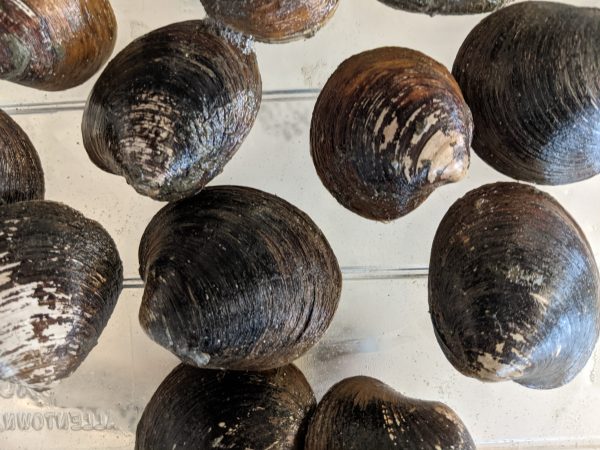
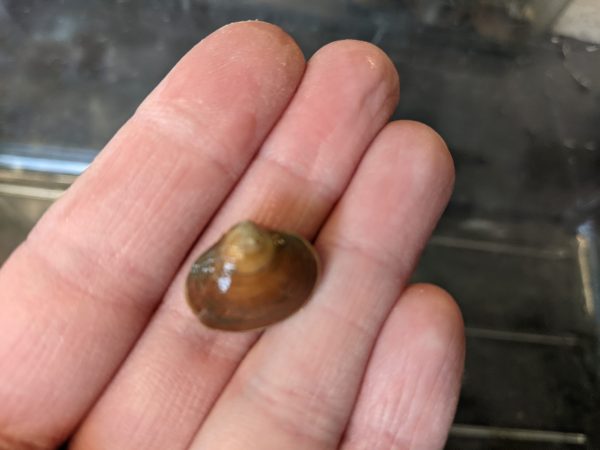

Additionally, the tanks have been being prepared for weeks by the awesome staff at the Schiller Coastal Studies Center (https://www.bowdoin.edu/coastal-studies-center/) at Bowdoin College in Orr’s Island, Maine. The sixteen tanks will be subject to four different pH treatments and three different temperature treatments. Making sure that the tanks were stable and able to maintain these treatments was a priority of the trip.
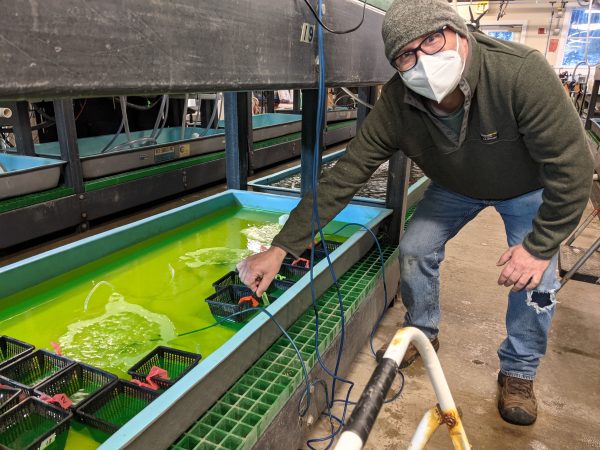
After labeling, weighing and measuring organisms, they each got 24 hours in a calcein bath. This will allow us to know the portion of the shell to sample in order to determine shell isotopic values (oxygen and boron) for duration of the experiment. Once their bright yellow bath was finished, they were placed into their new homes for the next several months.

